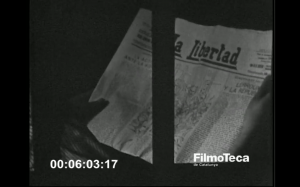
(Catalan): Film humorístic amateur, en el qual l'autor especula, irònicament, amb el significat literal dels diaris de l'època (1934), com per exemple, un presoner està llegint el diari LA LIBERTAD darrera de les reixes de la presó.
Film about the social impact of newspapers in the everyday life of the interwar period. It mixes fiction with documentary styles and warns against the political implication of mass media, especially in relation to their effect on workers, from a conservative perspective. [Description from the Filmoteca de Catalunya catalog]

"Whatever that intangible thing called atmosphere may be, Harold E. Remier has created it — out of airy nothings, to judge by what he says — in his astounding photoplay, Diary. Here, in all its hues, in all its beauty, in all its tradition of courtesy and profound courage is the America of the late Nineteenth Century, told through the medium of a woman's devotion. A Southern mansion is the first setting, then the frontier. Fortunes rise and fall as the war flames. Costumes and settings of the 1890's are recreated with fidelity. Wagons collapse in the wilderness; stone houses are built; a silver mine is uncovered. And the cost, for this epic achievement, exclusive of the 8mm. film, was the staggering sum of ten dollars! Diary is particularly noteworthy for naturalness of its lighting. However he managed it, Mr. Remier. with two large flood bulbs, somehow succeeded in making each scene appear to be illuminated by the hand lamps and chandeliers visible within it. The moonlight elopement is glamorously effective; and even candlelight is simulated with success. So, in all, the picture is a distinguished achievement — a portrayal, not only of a past century, but of a part of our American heritage." Movie Makers, Dec. 1940, 577.
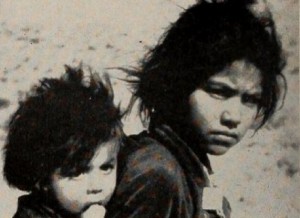
"In Dineh, Henry E. Hird. whose broad sympathies have brought his talents to bear upon so many unselfish projects, has taken up an effective cudgel in behalf of the Navajo Indians in the United States. Dineh, "The People," is the Navajo word for their tribe. Mr. Hird went to the Navajo country with the simple purpose of making a record film of that proud and self reliant Indian people. From what he saw there and from his conversations with many Indian citizens, he became convinced that now, if ever, the Navajos need understanding and practical aid. His film, therefore, not only accomplishes his primary aim — of recording an interesting racial group — but, in scenes and particularly in narrative, it pleads the economic and social case of the Navajos. Mr. Hird's cinematography is of very high order, as is usual in his films. His continuity is intelligent and interesting, and his narrative is a fine plea for a worthy segment of the citizenship of the United States." Movie Makers, Dec. 1947, 514.
"Sid gets eaten by a Tyrannosaurus Rex." UCLA Film & Television Archive.
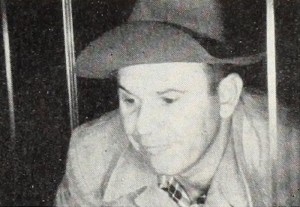
"Cal Duncan, the exuberant extrovert of Lee's Summit, Mo., has, in The Director, turned his high talents for low comedy on our own hobby of amateur movies. Both the hobby and the hobbyist's long suffering friends take quite a beating. In the person of Felix Fogbound, a perennial bird-brain in the producer's cinematic studio, Mr. Duncan combines all of the classic amateur idiocies with a flavoring of Hollywood hokum. His lampooning of personal movies is robust, rowdy and for keeps. When Fogbound swoops his camera in a dizzy pan shot, you have really had it. When he attacks editing with a pot of glue and his thumb-and-forefinger splicing technique, every movie maker will wince with horror. The director is a derisive and delightful burlesque, executed with an almost artless technical competence." Movie Makers, Dec. 1950, 468.
"There are many things at Disneyland for the filmer and, of course, these must be filmed as they are. It is not every filmer who makes an interesting motion picture of a portion of this holiday land. Binekorb takes us on the water excursion and through the "back country and jungle." A picture to be enjoyed by all. The film was returned to the maker before a frame enlargement could be made" PSA Journal, Nov. 1960, 41.
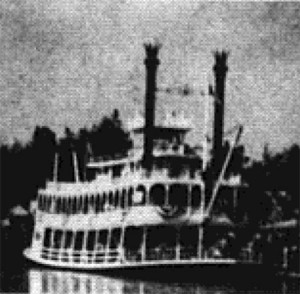
"A trip through the famed land of fantasy in Southern California, done for the enjoyment of old and young alike. We tour the Mississippi on the showboat, glide through the jungles with their wild inhabitants, penetrate the ocean depths on board an "atomic" submarine, and enjoy all the fascinating experiences in this land of make-believe. Unusual camera angles and freshness of approach in sound and picture give new meaning to this oft photographed subject" PSA Journal, Oct. 1963, 40.
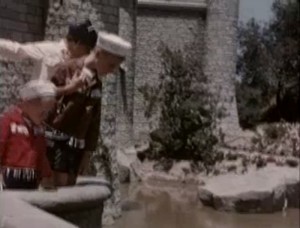
"In July 1956, the five-member Barstow family of Wethersfield, Connecticut, won a free trip to newly-opened Disneyland in Anaheim, California, in a nationwide contest. This 30-minute amateur documentary film tells the fabulous story of their fun-filled, dream-come-true, family travel adventure, filmed on the scene at Walt Disney's 'Magic Kingdom' by Robbins Barstow." Archive.org
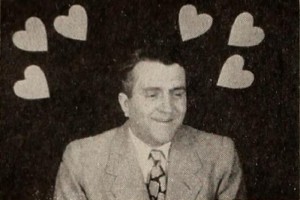
"Staria Zimmerman, that charming Milwaukee minx who made her big time bow in The Boss Comes to Dinner, a 1944 Ten Best winner, has done it again in The Dizzy Top. As the impish daughter of a winsome but widowed mother, she pulls the strings in this "merryonette" show which maneuver her pretty parent into the arms of a new and handsome husband. The quite willing victim of these arch designs is, in the film, the proprietor of a swank hat shop, and it is in this bright locale that the majority of the action takes place. Patricia and Ryne Zimmerman — the producers and supporting players — have a sharp and genuine sense of farce comedy. Their lighthearted plot dances forward as gaily as the suave settings they have contrived for it. Their incidents are antic in their absurdity, their timing crisp and delicately controlled. These qualities are, to be sure, aided immeasurably by Mistress Staria, who carries off each new comic conceit with impudent but charming assurance. Mr. Zimmerman's technical execution in their latest film leaves little to be desired in competence and imagination. There is, to a heightened degree, the same warmth and brilliance in his lighting which marked The Boss. His camera viewpoints are effective and varied, cutting one into the next with precision and pace. Show pieces of cinematic imagination enrich the production, like sugar plums in a Christmas pudding. The Dizzy Top, the Zimmerman's first 16mm. effort, is a handsome step forward along their chosen course of lighthearted comedy." Movie Makers, Dec. 1946, 486.
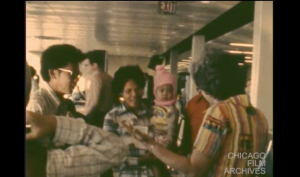
"An amateur documentary film about the arrival of a Chinese-Vietnamese family to Deerfield by way of a refuge camp in Hong Kong. The Zion Lutheran Church of Deerfield sponsored the family’s arrival." Chicago Film Archives
Total Pages: 203